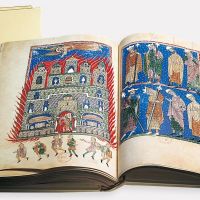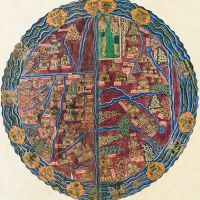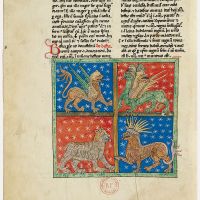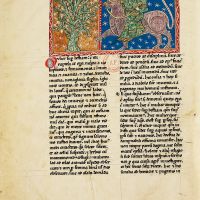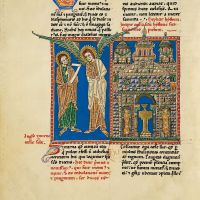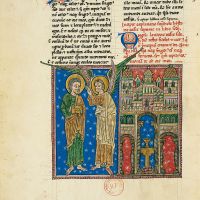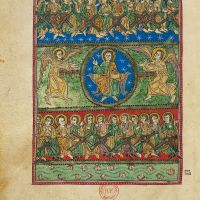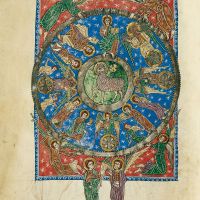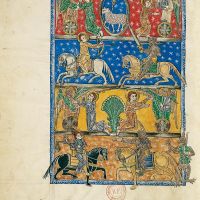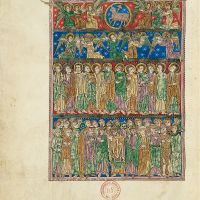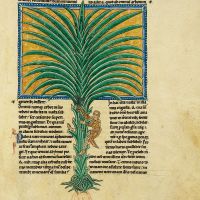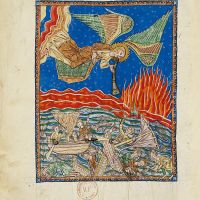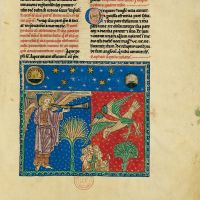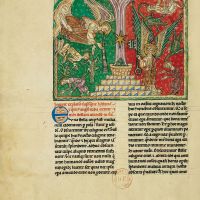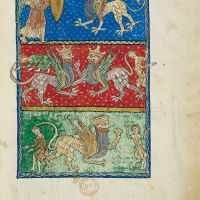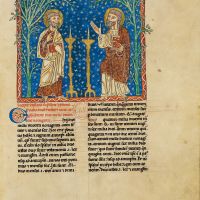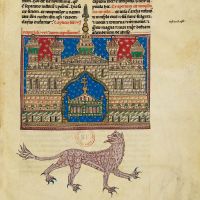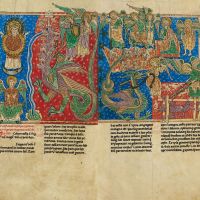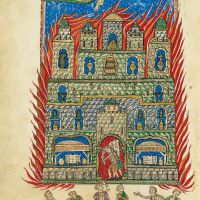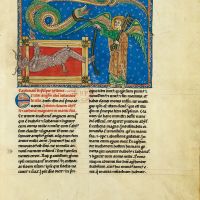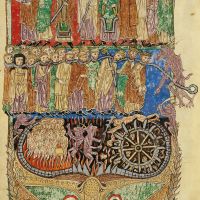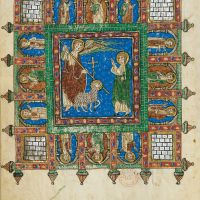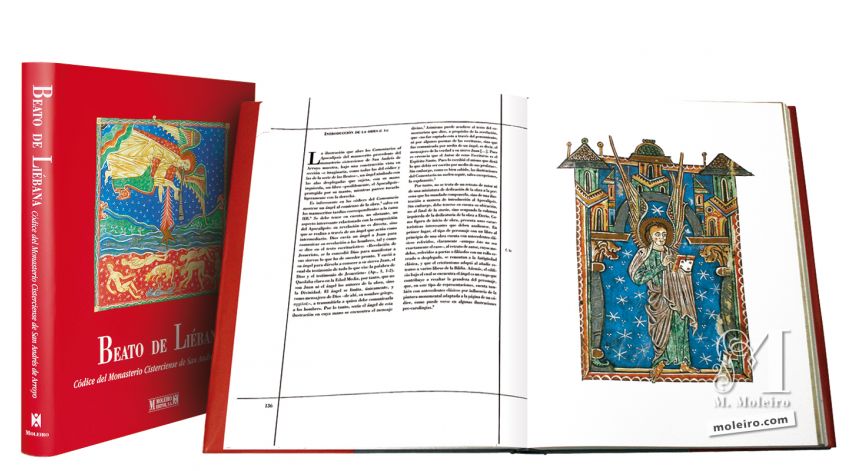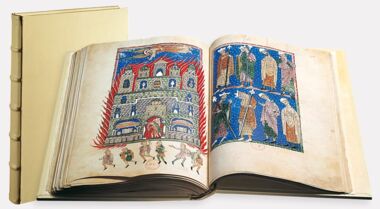Arroyo Beatus
Codex of the Monastery of San Andrés de Arroyo
Shelf mark: Nouv. acq. lat. 2290.
Date: c. 1220.
Size: 300 x 457 mm.
334 pages, 69 miniatures illuminated with gold and silver leaf.
Beige leather binding.
Leather case.
Full-colour commentary volume (390 p.) by Miguel C. Vivancos (O.S.B.), Dulce Ocón (Universidad del País Vasco), Carmen Bernis (Consejo Superior de Investigaciones Científicas) and Carlos Miranda (Doctor en Historia).
Unique and unrepeatable first edition, strictly limited to 987 numbered and authenticated copies.
ISBN: 978-84-88526-42-7
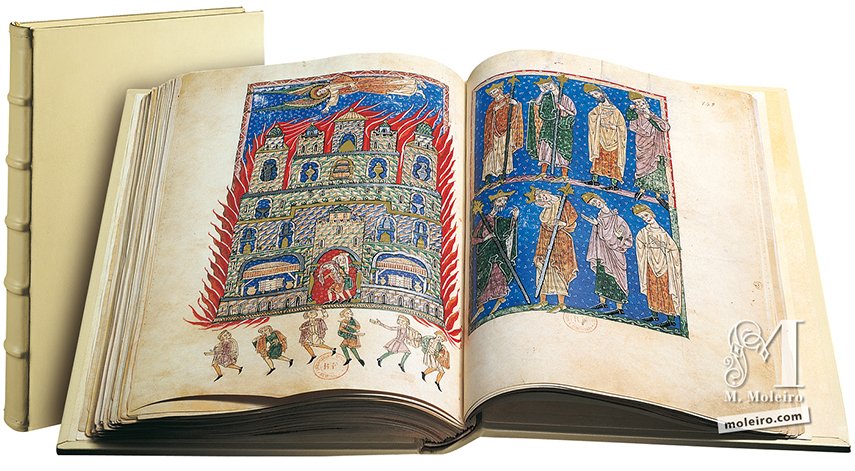
Shelf mark: Nouv. acq. lat. 2290.
Date: c. 1220.
Size: 300 x 457 mm.
334 pages, 69 miniatures illuminated with gold and silver leaf.
Beige leather binding.
Leather case.
Full-colour commentary volume (390 p.) by Miguel C. Vivancos (O.S.B.), Dulce Ocón (Universidad del País Vasco), Carmen Bernis (Consejo Superior de Investigaciones Científicas) and Carlos Miranda (Doctor en Historia).
Unique and unrepeatable first edition, strictly limited to 987 numbered and authenticated copies.
ISBN: 978-84-88526-42-7
